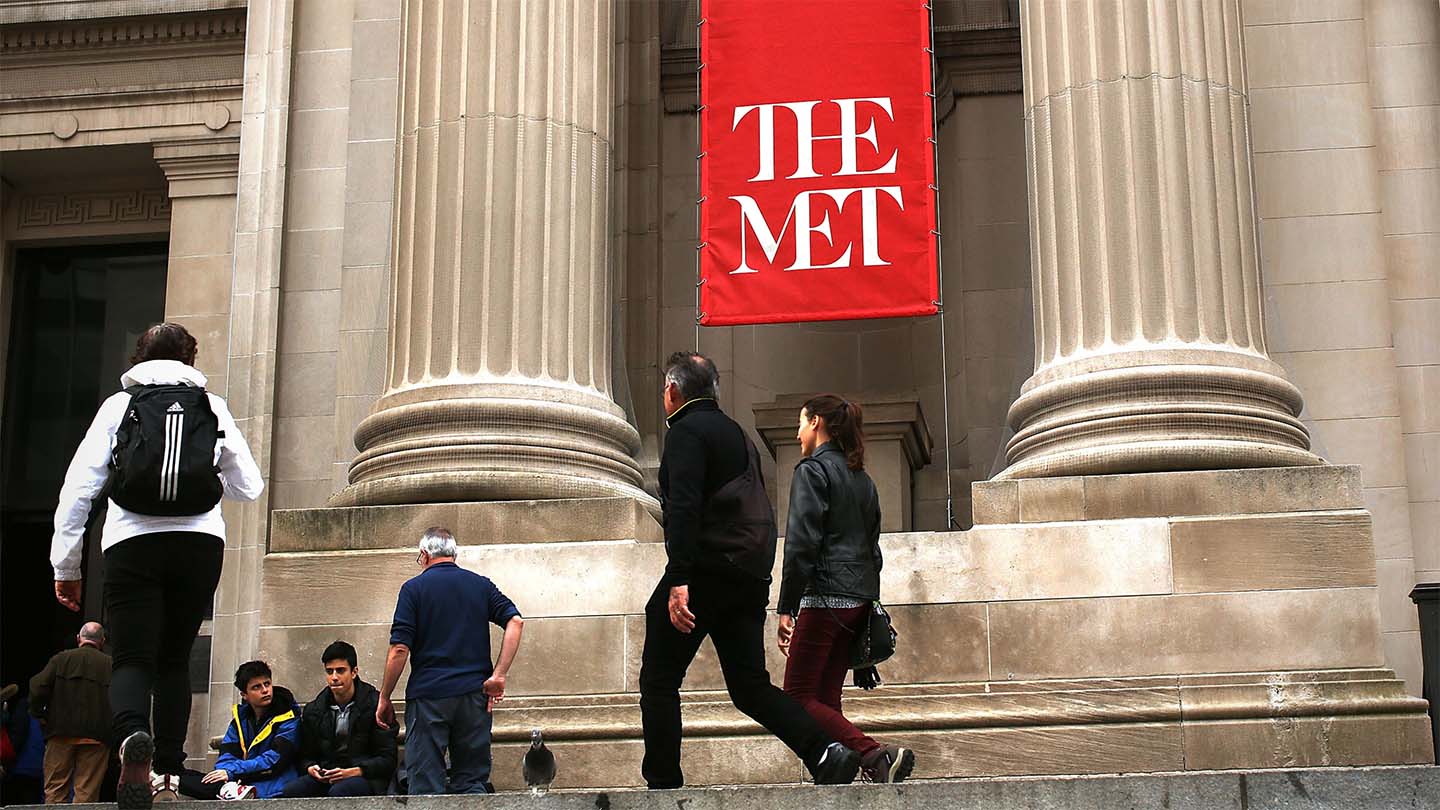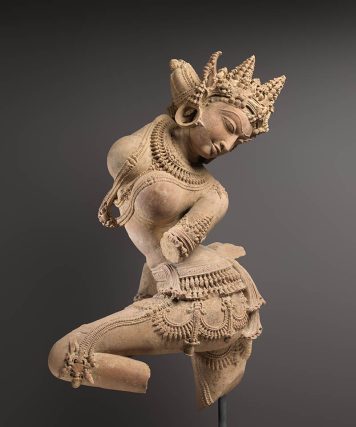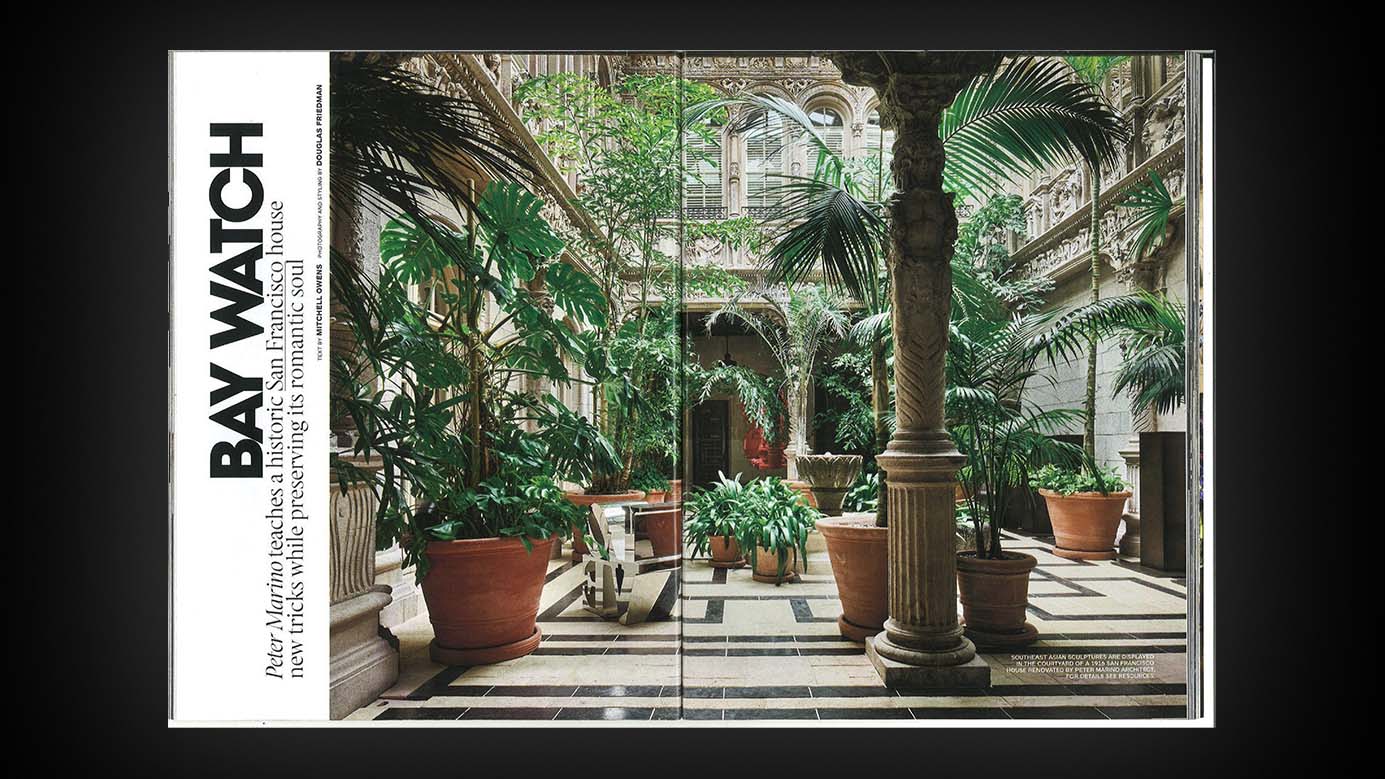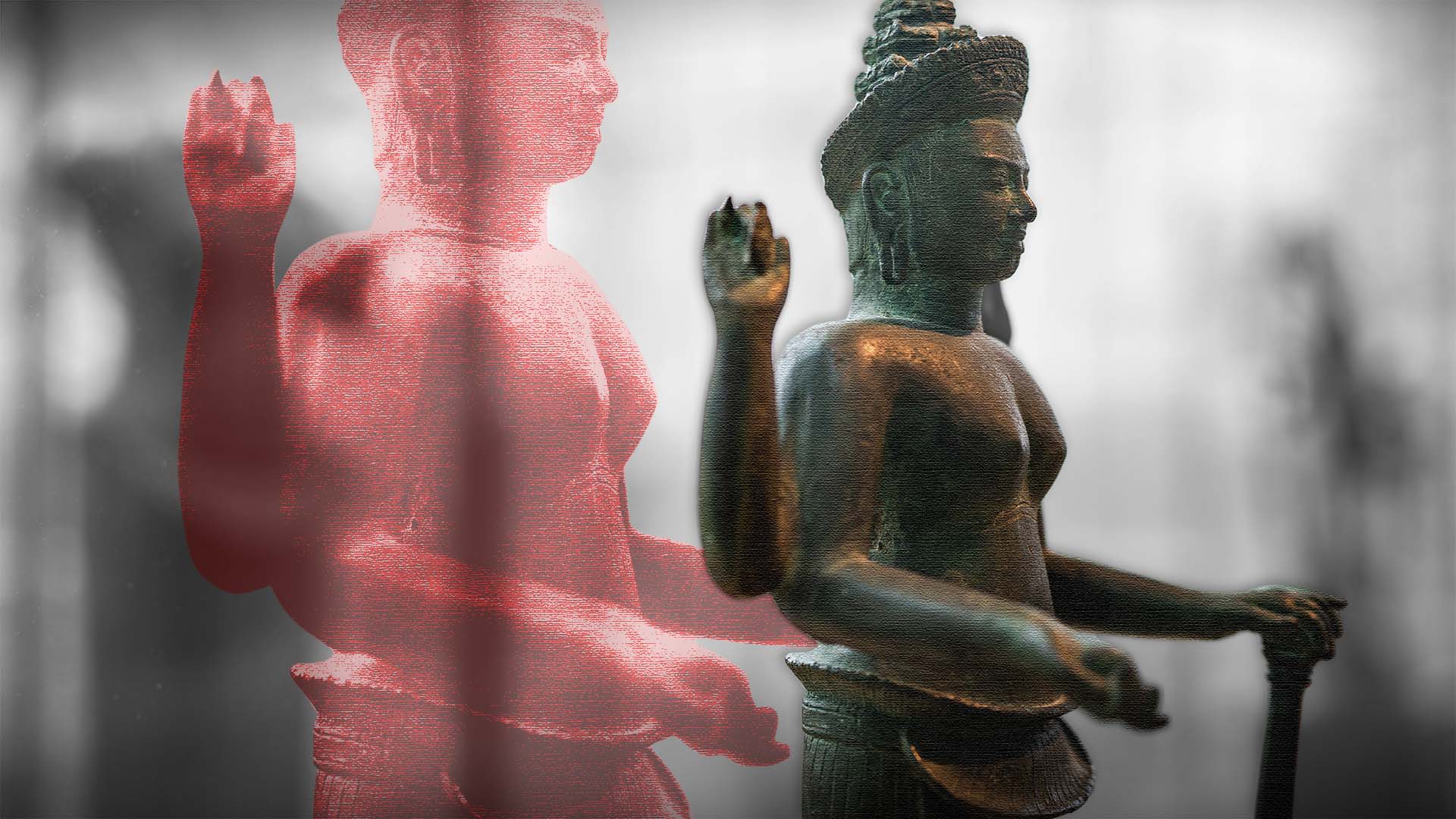IMPACT
Prosecutors eye new seizures of old art at the Met
Ongoing investigations continue to show that the New York art museum is housing pieces it doesn’t have the rights to.

In a further ratcheting up of pressure on America’s largest museum, prosecutors have seized yet another batch of important relics from the Metropolitan Museum of Art in New York.
According to newly obtained judicial records, the Manhattan District Attorney’s office has obtained at least four warrants so far this year to seize from the museum at least 18 allegedly stolen antiquities originally from Turkey and India.

The majority of the recently seized pieces are linked to Subhash Kapoor, a notorious antiquities smuggler convicted of large-scale trafficking by an Indian court. The recent confiscations of Kapoor-linked pieces came just days after the International Consortium of Investigative Journalists, Finance Uncovered and other media partners released an investigation that examined the museum’s ties to Kapoor and other dealers convicted or indicted of antiquities crimes. The investigation highlighted a piece brokered via Kapoor called the Celestial Dancer, which was among the works subsequently seized by Manhattan prosecutors last week.
The new seizures extend a period of unprecedented law enforcement scrutiny of items in the Met’s collection. Last year, ICIJ reported that Manhattan prosecutors had obtained an increasing number of warrants to seize ancient works from the Met — with six seizures taking place in 2021 and 2022 alone. Now court-ordered seizures from the museum that cite statutes such as “criminal possession of stolen property” are appearing almost routinely.
Prosecutors are not investigating the Met itself, but prominent pieces of its collection have been swept up in investigations primarily focused on specific traffickers. “The pace is picking up,” said Matthew Bogdanos, head of the Manhattan DA’s Antiquities Trafficking Unit, of his office’s art seizures last year. “Expect it to pick up more.”
On Thursday, after receiving questions from ICIJ about the seizure of the relics linked to Kapoor and other dealers, the Met sent out a press release stating that it was returning more than a dozen pieces to India. It said the Met had contacted authorities in 2015 about its Kapoor-linked items and that, through a “cooperative partnership” with the Manhattan District Attorney’s office, “the museum received new information from the Manhattan DA’s office about 15 works of art that made it clear that the works should be transferred, resulting in the constructive resolution.”
“The Museum is actively reviewing the history of antiquities from suspect dealers,” the press release stated. “The Museum values highly its long-standing relationships with the government of India, and is pleased to resolve this matter.”
ICIJ began reporting on the Met’s collection in 2021, with a look at the museum’s Asian collection that included Cambodian antiquities that passed through the hands of Douglas Latchford, an indicted art trafficker believed to have played a key role in the mass pillaging of Cambodia’s cultural heritage. ICIJ subsequently reported that the Met was in talks with federal prosecutors about Cambodian pieces with dubious origins.
Critics say the Met’s repatriation policy is often unreasonable, forcing countries that make a claim on a relic to provide incontrovertible proof that it was stolen or illegally exported.
ICIJ’s latest investigation into the Met’s collection, released last week, found that at least 1,109 pieces previously owned by people who had been either indicted or convicted of antiquities crimes; 309 of them are on display. Fewer than half of the 1,109 relics have records describing how they left the country of origin, even those that come from places that have had strict export laws for decades. Many were removed after international guidelines were already put into place to restrict the movement of antiquities across national borders, according to museum records.
More than 150 additional items in the Met’s antiquities collection passed through ownership of nearly a dozen more people or galleries from whom prosecutors seized stolen ancient works. ICIJ’s investigation cited former Met director Thomas Hoving’s own writing on how his decade of aggressive acquisition at the museum drew upon an array of illicit sourcing. Being an accomplice to art smugglers, he wrote, was a necessary role for a Met director. He said he had approved the purchase of a large batch of Indian and Cambodian antiquities that he suspected had been smuggled.
The four most recent search warrants for Met items were signed between February 1 and March 22 of this year. Of the 18 pieces the warrants describe, two were on loan to the museum. The largest single piece the documents describe is a monumental bronze statue of the Roman emperor Septimius Severus on loan to the museum from a private collection. A search warrant lists the value of the piece at $25 million.
This year’s seizures have also included a bronze head of Roman emperor Marcus Aurelius Antoninus – valued at over $1 million. The piece is still featured in the Met’s online catalog, where its origin history includes no explanation of how the piece came to be exported to the United States.
The most recent search warrant called for the seizure of 15 pieces at the Met tied to Subhash Kapoor. Earlier that week, ICIJ reported that the Met’s collection contains 85 pieces once owned by Kapoor or his gallery. The U.S. Department of Homeland Security has described Kapoor as “one of the most prolific commodities smugglers in the world.” He was arrested in Germany in 2011 and convicted in India this year of trafficking what prosecutors said amounts to more than $100 million in antiquities.
Among the Met’s high-profile antiquities from India, Celestial Dancer was acquired in a deal involving Art of the Past, Kapoor’s Manhattan gallery at the time. In 2013, two years after Kapoor’s arrest, the gallery’s manager pleaded guilty to selling stolen Asian works. Yet in 2015, as Kapoor awaited trial on smuggling charges in India, the Met accepted the piece as a donation from wealthy collectors who had purchased it from his gallery.
Several of the Kapoor-linked pieces seized last week originated in the turbulent Kashmir region that has seen heavy cultural looting in recent decades. An ICIJ and Finance Uncovered analysis of 94 Kashmiri relics in the Met’s collection shows that, as of last week, none of them have detailed provenance explaining how they left Kashmir.
“The Met’s collection of Kashmiri artifacts are essentially blood antiquities,” said Vijay Kumar, the India Pride Project founder, who has published articles about the poorly provenanced Indian items in the Met’s collection. “By buying these items, the museum was encouraging looting and smuggling from a known conflict zone.”
Malia Politzer contributed to reporting.


